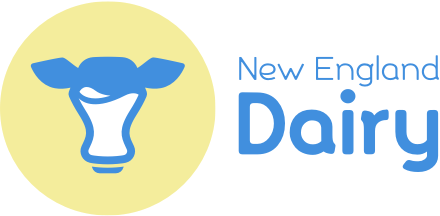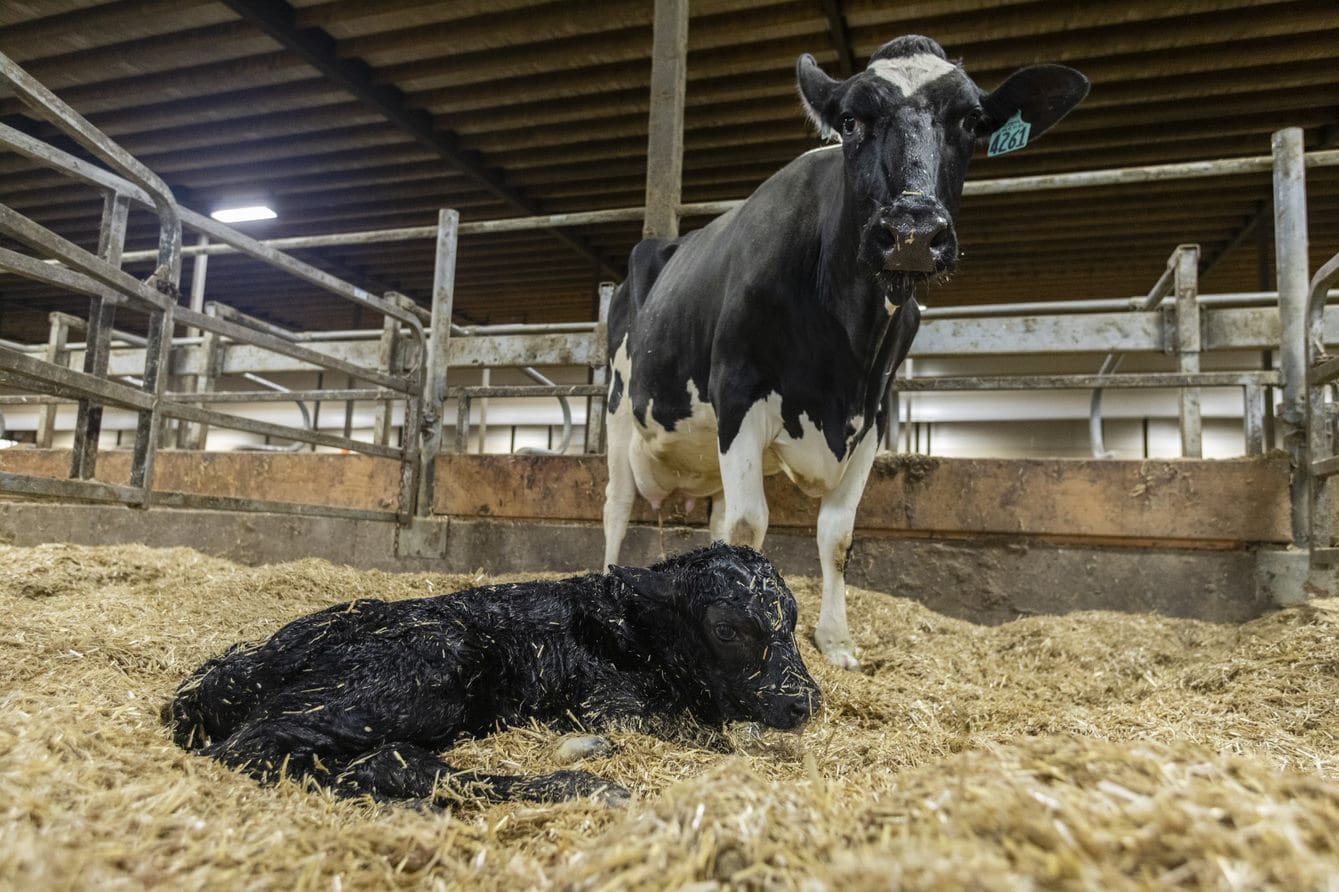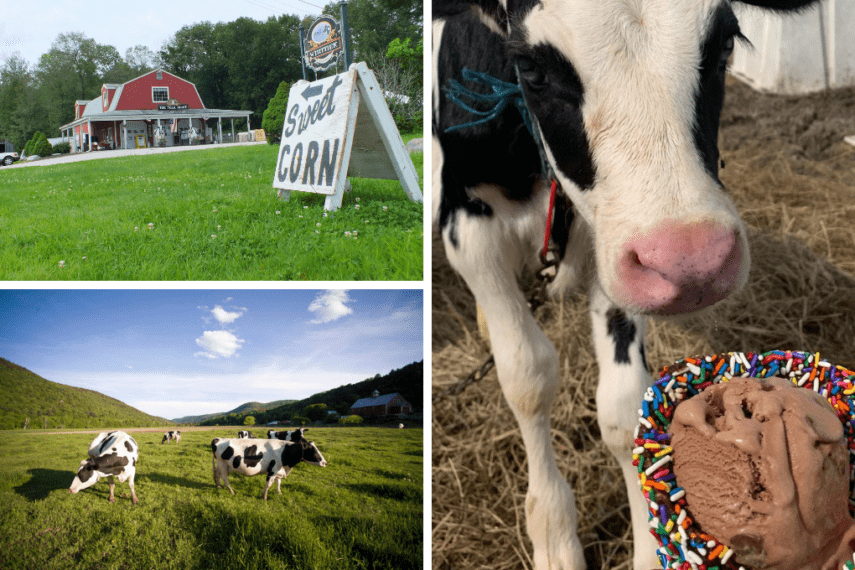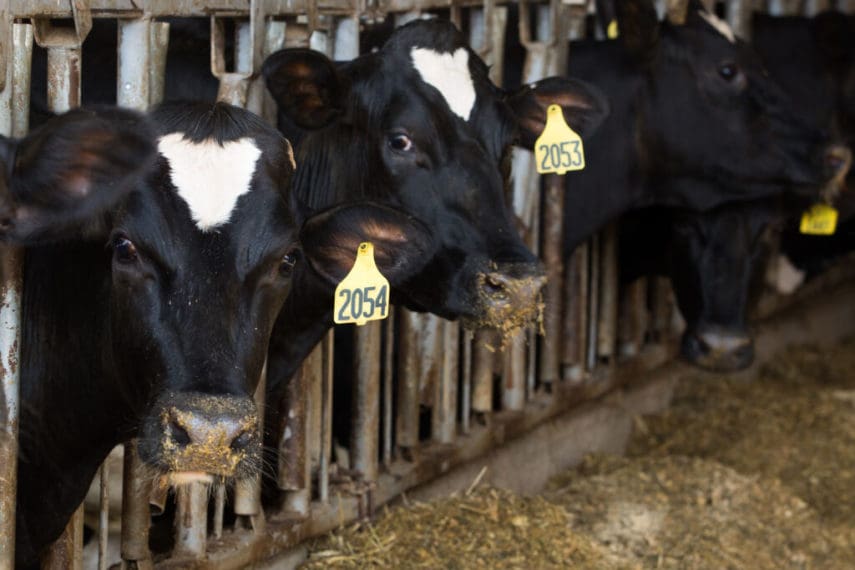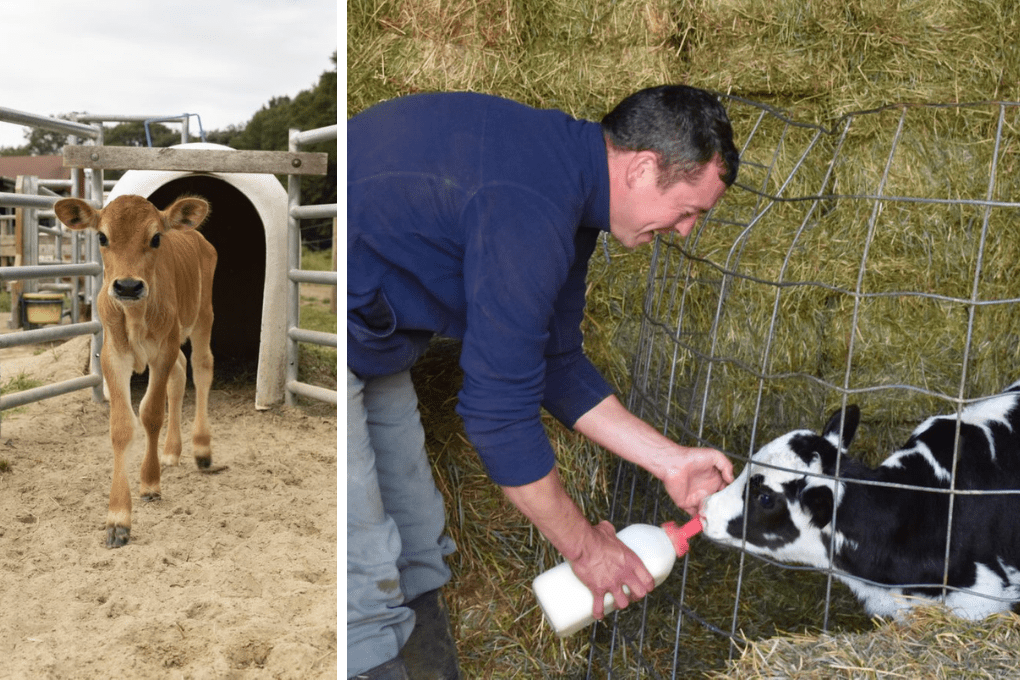
Providing exceptional calf care is the foundation of life on a dairy farm. For a cow to grow into a healthy, productive member of the herd in adulthood, it all starts with the care the calf receives.
The First 24 Hours
The first 24 hours of a calf’s life are critical. For their safety and wellbeing, dairy calves are typically separated from their mothers after they’re born (usually within the first 24 or 48 hours after the calf is born), allowing the farmer to give both the calf and mother the highest quality care. Separation also protects the calf from physical injury. When cows give birth, their hormones cause them to become restless, increasing the chances that they may injure the calf. This best practice can be confusing when people don’t understand why it’s best to remove a calf from its mother. Learn more and hear from a dairy farmer directly about why separation occurs.
Immediately after birth, the calf receives the mother’s first milk called colostrum. Colostrum builds the calf’s immunity by delivering essential nutrients. The calf may nurse the colostrum directly from its mother, but many farmers collect it and test it to ensure that it’s as high-quality and nutrient-dense as it needs to be prior to feeding it to the calf themselves.
Calf Housing
Dairy calves can be raised successfully in a variety of settings. Some farmers choose to group their calves into pairs or small groups right away, while others house their calves individually and wait to group them until they reach approximately two months of age.
A calf’s immune system continues to develop throughout the first few months of its life, which leaves calves susceptible to passing germs to one another. Keeping calves individually enclosed provides additional protection against the spread of illness and allows the farmer to closely monitor any changes in their health. This close monitoring enables farmers to act quickly with individualized care with any health changes. The hutches that calves are commonly housed in provide comfortable shelter to keep them warm in the winter and shaded from the hot summer sun.
Regardless of how a calf is housed during her first few months of life, her pen is cleaned regularly, her bedding is freshened, and she is protected from drastic weather fluctuations to protect her immune system.
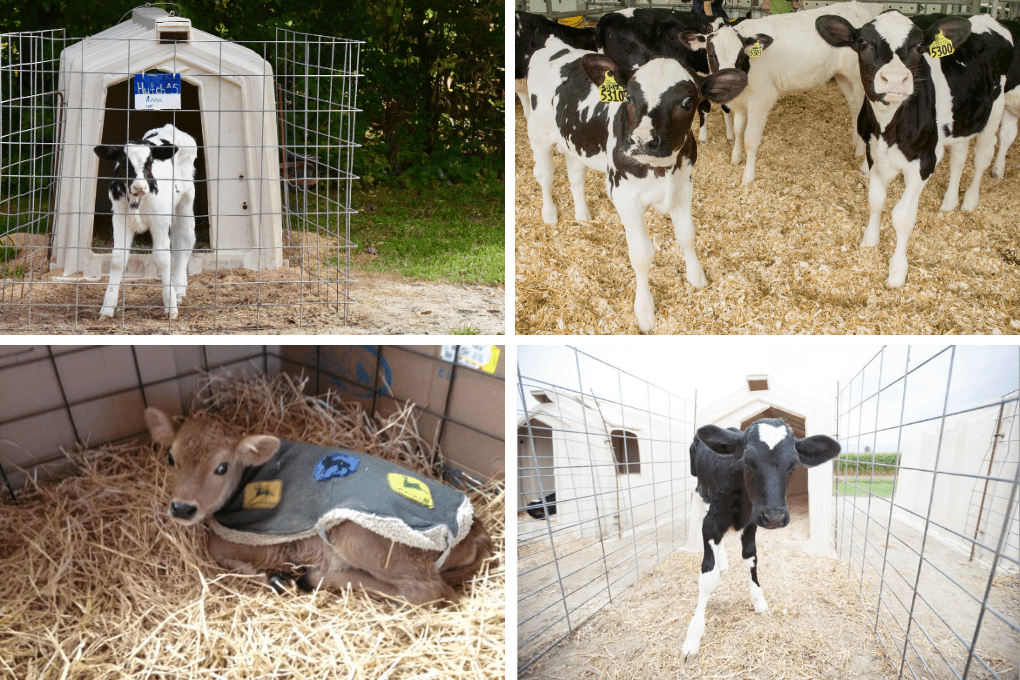
Continued Care into Adulthood
As calves develop, they receive regular feedings of milk for up to 2 months before being weaned onto feed that includes a careful balance of grains and grasses. From the time she is born and throughout her adult life as a dairy cow, her health is continually monitored to ensure that she is a healthy, comfortable, and productive member of the herd. A dairy cow gives birth to her first calf around the age of two and continues to have one calf per year for the duration of her life.
